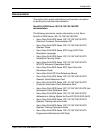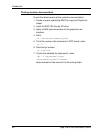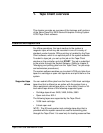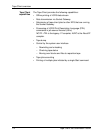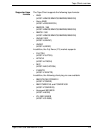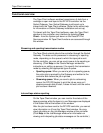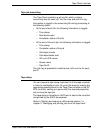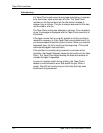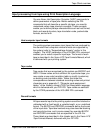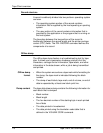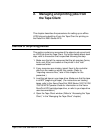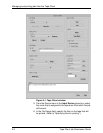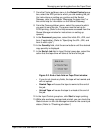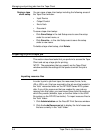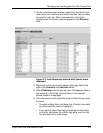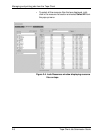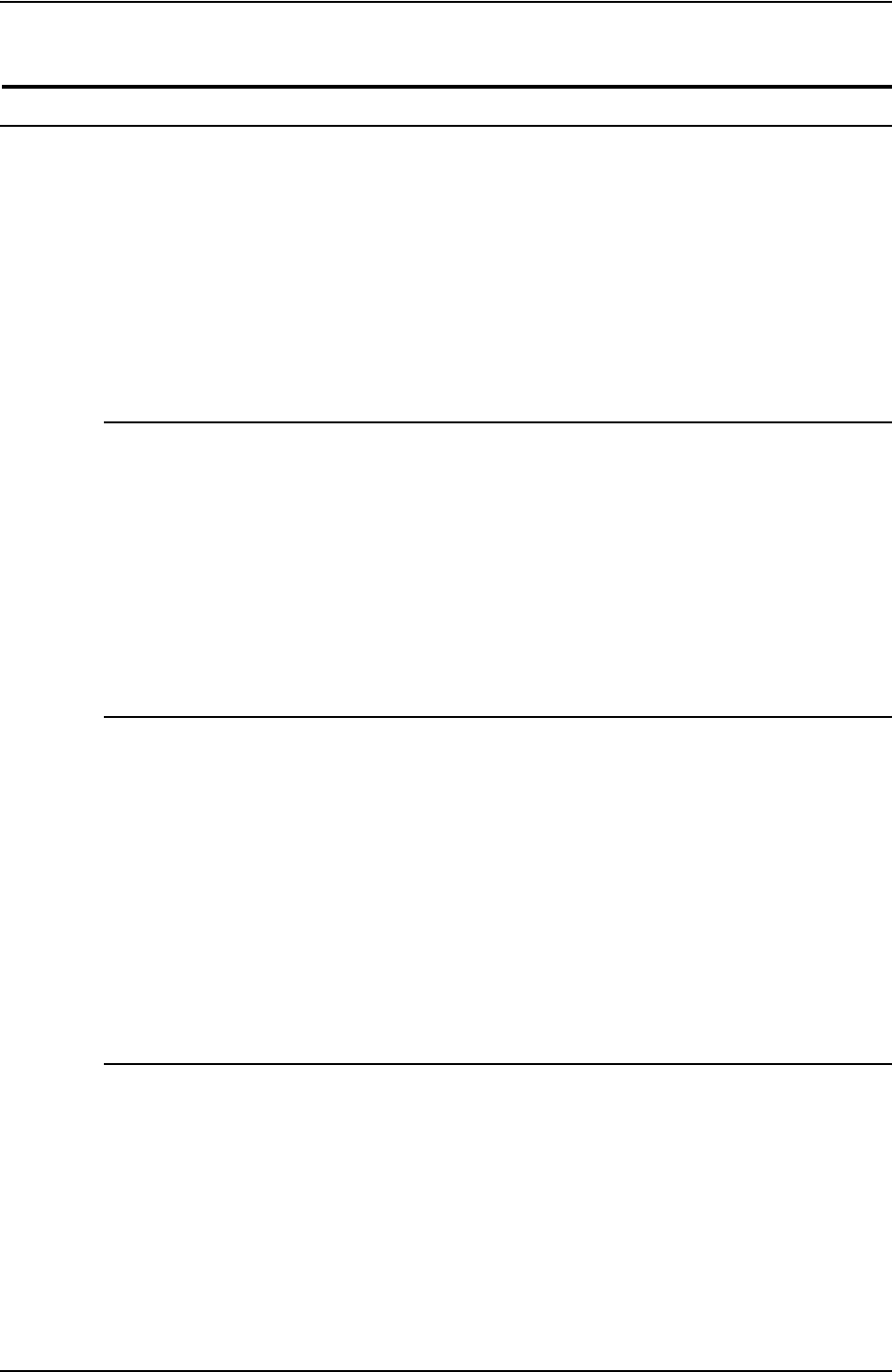
Tape Client overview
Tape Client Job Submission Guide 1-7
Input processing from tape using Print Description Language
You use Xerox Job Description Compiler (XJDC) commands to
define parameters of tape jobs. Before selecting the PDL
commands that will describe a specific job tape, you need to
understand certain tape structure concepts. These concepts
enable you to define job tape characteristics such as host format,
block and record structure, tape translation code, packed data
formats, and so forth.
Host computer tape formats
The printing system processes input tapes that are produced by
the standard host computers whose formats are supported by
the system (refer to “Supported tape formats,” earlier in this
chapter). The HOST parameter of the VOLUME PDL command
enables you to select a specific input tape. The format of each
tape is described in the Xerox LPS Tape Formats Manual,which
is delivered with your printing system.
Tape codes
Tape codes that are recognized by the system are EBCDIC and
ASCII. If these codes are not sufficient for a particular tape, you
may create a new code translation table or modify (customize)
an existing code translation table. Tables that show the
correspondence between standard recording codes and printed
characters are in appendix C, “Character code assignment
tables,” of the Guide to Using LCDS Print Description Language,
which is delivered with your DP EPS. Tape codes are selected
by the CODE parameter of the VOLUME PDL command.
Record formats
All tape records input to the printing system are either blocked or
unblocked with a fixed length, a variable length, or an undefined
format. The BLOCK and RECORD commands define the format
of the input data. Tape label contents may also describe blocking
and record structure, and in some cases they override BLOCK
and RECORD commands that are specified in the JDL file.
These labels are described in this chapter and in the Xerox LPS
Tape Formats Manual, delivered with your DP EPS.



